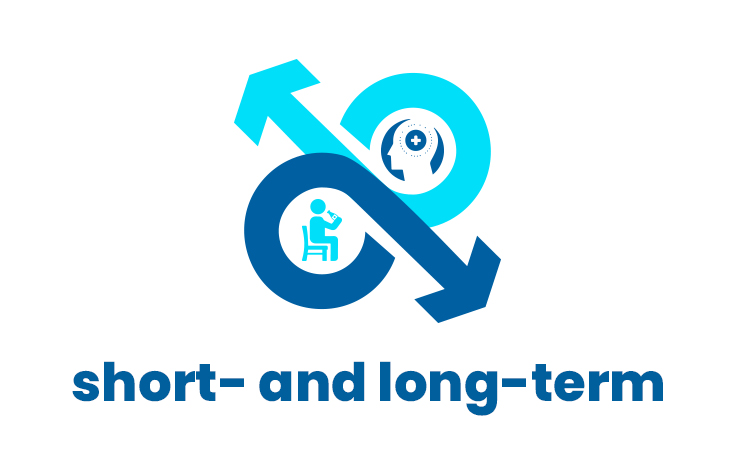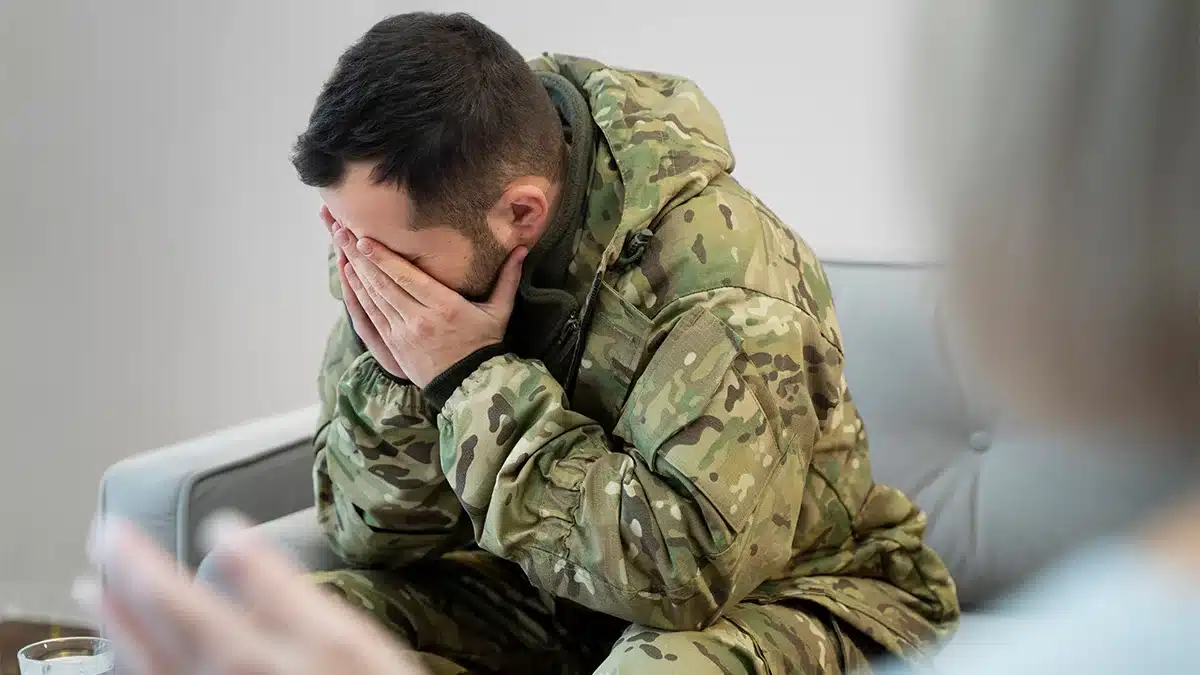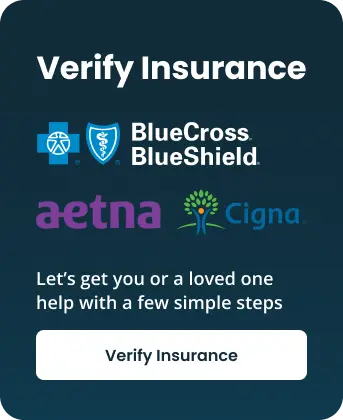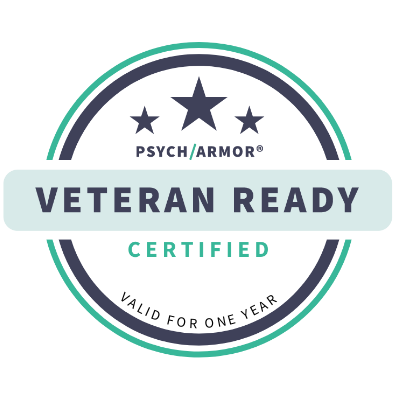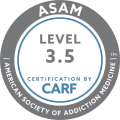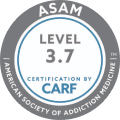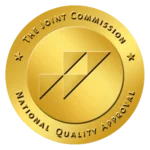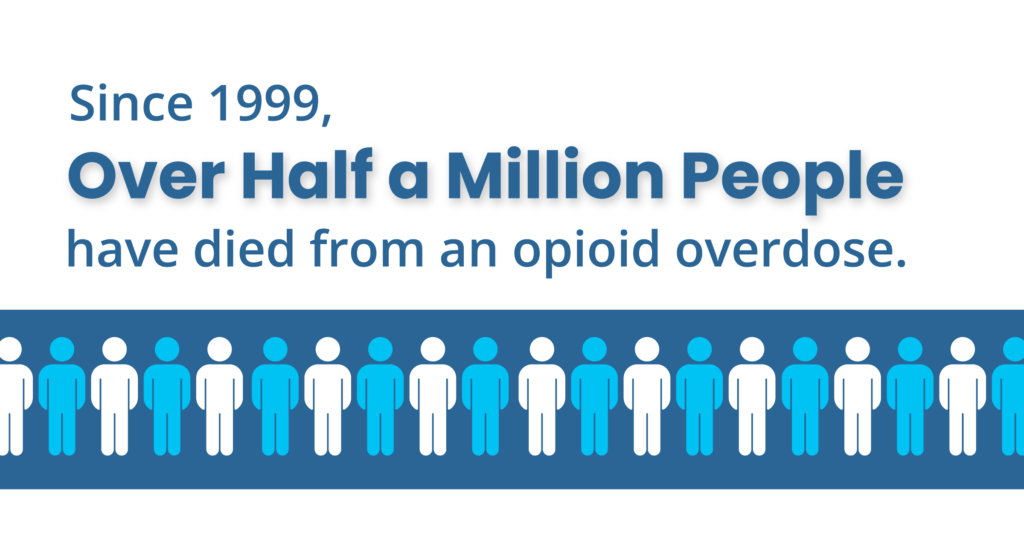
Since 1999, over half a million people have died from an opioid overdose. This statistic includes more than just people using illegal drugs. Prescription opioids such as hydrocodone and oxycodone accounted for roughly 30 percent of these deaths in 2019. And while avoiding overdoses is a challenging issue to address, reversing an opioid overdose once it has begun is more straightforward and can save a person’s life.
Naloxone, best known by its brand name Narcan, is an opioid overdose antidote initially licensed by the FDA in 1971. In 2018, the U.S. Surgeon General issued a statement emphasizing the significance of this medication and asking providers to prescribe it whenever they prescribe an opioid. Pharmacists were also tasked to help raise public awareness of naloxone and instruct people on how to use it.
Trends in U.S. Opioid Overdose Deaths (1999 – 2019)
This rise in opioid overdose deaths may be broken down into three waves.
- The first wave started with the increased prescribing of opioids in the 1990s, with overdose deaths related to natural and semi-synthetic opioids and methadone rising since at least 1999.
- The second wave began in 2010, with sharp rises in heroin-related overdose fatalities.
- Significant rises in overdose deaths employing synthetic opioids, notably illicitly produced fentanyl, marked the beginning of the third wave in 2013. The illegal fentanyl market continues to fluctuate, and it can be found in combination with heroin, counterfeit pills, and cocaine.
What is Narcan (Naloxone)?
Narcan is an FDA-approved brand-name medication for treating known or possible opioid overdose in people of all ages. (Opioids are strong pain medication.) An opioid overdose occurs when a person takes more opioids than their body can safely absorb.
Consciousness loss and respiratory depression (slow, weak breathing) are symptoms of an overdose. Opioid overdose is a medical emergency since it may be fatal.
Narcan contains the active drug naloxone. It is a member of the class of drugs known as opioid antagonists. These drugs inhibit the effects of opioids in the body. This activity reverses the life-threatening symptoms that result from an opioid overdose.
Narcan comes as a nasal spray. Each Narcan nasal spray single-dose vial contains 4 milligrams of naloxone. It is intended to be administered by caregivers or other people who may see someone who has overdosed.
It is essential to know that Narcan is not a replacement for medical treatment. Many opioids last longer in the body than Narcan; therefore, it is possible for the person to relapse after receiving Narcan. A person who gets Narcan should always be seen by a medical professional as soon as possible.
How Does it Work?
When you take an opioid, receptors throughout your body are activated, similar to a key fitting into a keyhole. Some of these receptors are crucial for pain relief, while others help to breathe correctly. If you have an excessive amount of an opioid in your system, your breathing will slow or stop.
Naloxone is an opioid antagonist. It works by withdrawing the opioid from the receptors and then blocking them. This prevents the opioid from being able to fit into the keyhole again. Once naloxone takes effect, you will start breathing again.
How Does Narcan Help Addiction Treatment?
Naloxone should only be used in the event of an opioid overdose. It is not intended to treat opioid addiction. Addiction treatment includes a complete program of specific therapies, psychological support, counseling, and more, especially in the case of heroin treatment and rehab.
People who may benefit from naloxone include those who:
- Take high doses of opioids long-term
- Experienced an opioid overdose previously
- Currently in or have recently completed an opioid detox program
- Consume opioids regularly to manage chronic pain
What Are the Side Effects of Narcan?
Narcan’s most common side effects include constipation, headache, and temporary high blood pressure. If a person was taking opioids for pain relief, this medication might potentially make their pain suddenly return. The bigger worry is that the use of Narcan might induce withdrawal symptoms in opioid-dependent individuals.
Although the withdrawal period is painful, it usually doesn’t pose life-threatening risks. Some opioid withdrawal symptoms include:
- Sweating
- Fever
- High blood pressure
- Nausea and vomiting
- Nervousness or irritability
- Heart problems
- Diarrhea
- Shaking or shivering
Before administering naloxone, it is essential to call 911 since a healthcare practitioner must handle withdrawal. Paramedics and other healthcare experts can provide the necessary care to assist in managing withdrawal symptoms.
How Long Does Narcan Lasts?
Naloxone has a short half-life. Its effects wear off within two to three minutes, so you should remain with the person after giving a dosage.
Typically, a single dosage of short-acting opioids such as Percocet and Vicodin is sufficient to reverse an overdose. For longer-acting medications such as OxyContin and fentanyl patches, the opioid will still be in the bloodstream after the naloxone wears off. This indicates that they risk relapsing into overdosing and would need many doses.
It is essential to contact emergency services since you may not know what opioid a person took before giving the first dose of naloxone. Emergency personnel has the proper medications to handle overdose scenarios that linger for an extended period.
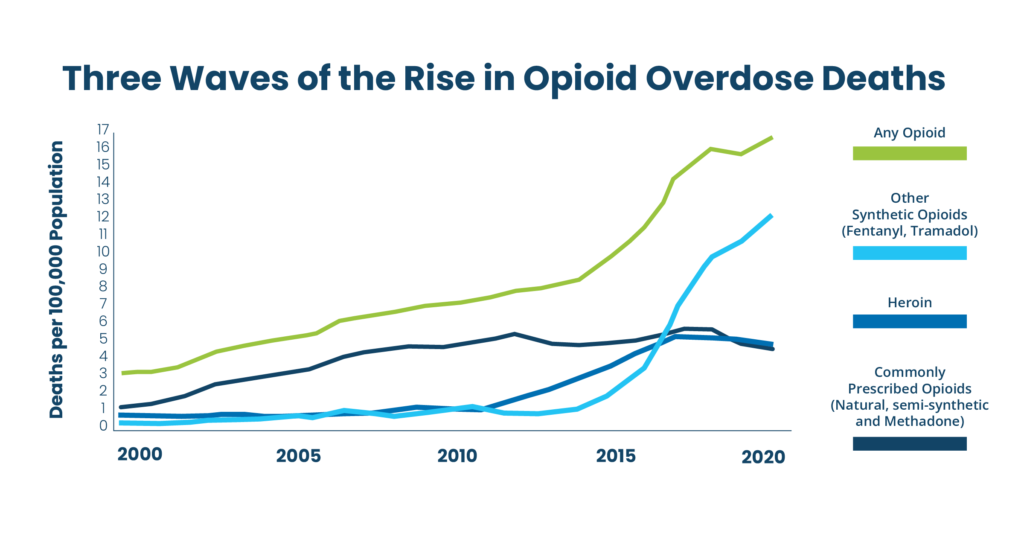
Frequently Asked Questions (FAQs)
What is Narcan used for?
Narcan is a prescription medication used to treat known or possible opioid overdose emergencies characterized by difficulty breathing, extreme drowsiness, or inability to respond.
What happens if you give Narcan to someone who doesn’t need it?
Narcan will not impact a person who does not need it (someone sober from opioids). So it is safe to use Narcan if you suspect an opioid overdose but are uncertain.
How does Narcan make you feel?
A recipient of Narcan may feel body pains, fever, perspiration, a runny nose, sneezing, goose bumps, yawning, weakness, shaking or trembling, uneasiness, restlessness or irritability, diarrhea, nausea or vomiting, stomach cramps, a rapid pulse, and high blood pressure.
Can Narcan get you high?
No, naloxone’s only action is to reverse the effects of opioids. If you are not taking opioids, an injection of naloxone would feel the same as an injection of water. Naloxone has no potential for misuse or dependence.
What is naloxone, and why is it used?
Naloxone, often known as Narcan, is referred to be an “opioid antagonist.” It is used to reverse the symptoms of an opiate overdose.
The Haven Can Help You Overcome Opioid Addiction
Opioid withdrawal can result in several unpleasant and painful symptoms. Opioid withdrawal is rarely life-threatening but can cause significant problems if left untreated.
At The Haven, a premier facility for substance addiction treatment, you will find a compassionate and knowledgeable staff that can provide you with supervised medical detox and the counseling, therapy, and aftercare necessary to maintain long-term abstinence from opioid drugs.
If you or any of your family members or a friend is battling opioid use disorder (OUD), contact our health care providers at (561) 328-8627 today.


